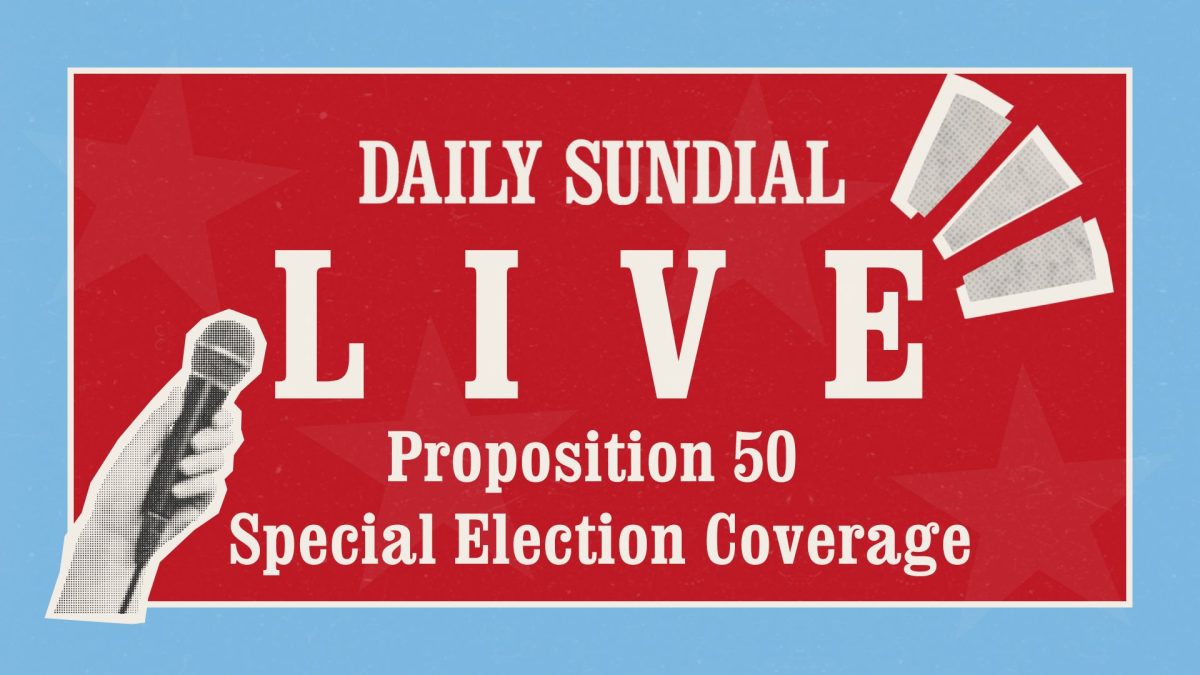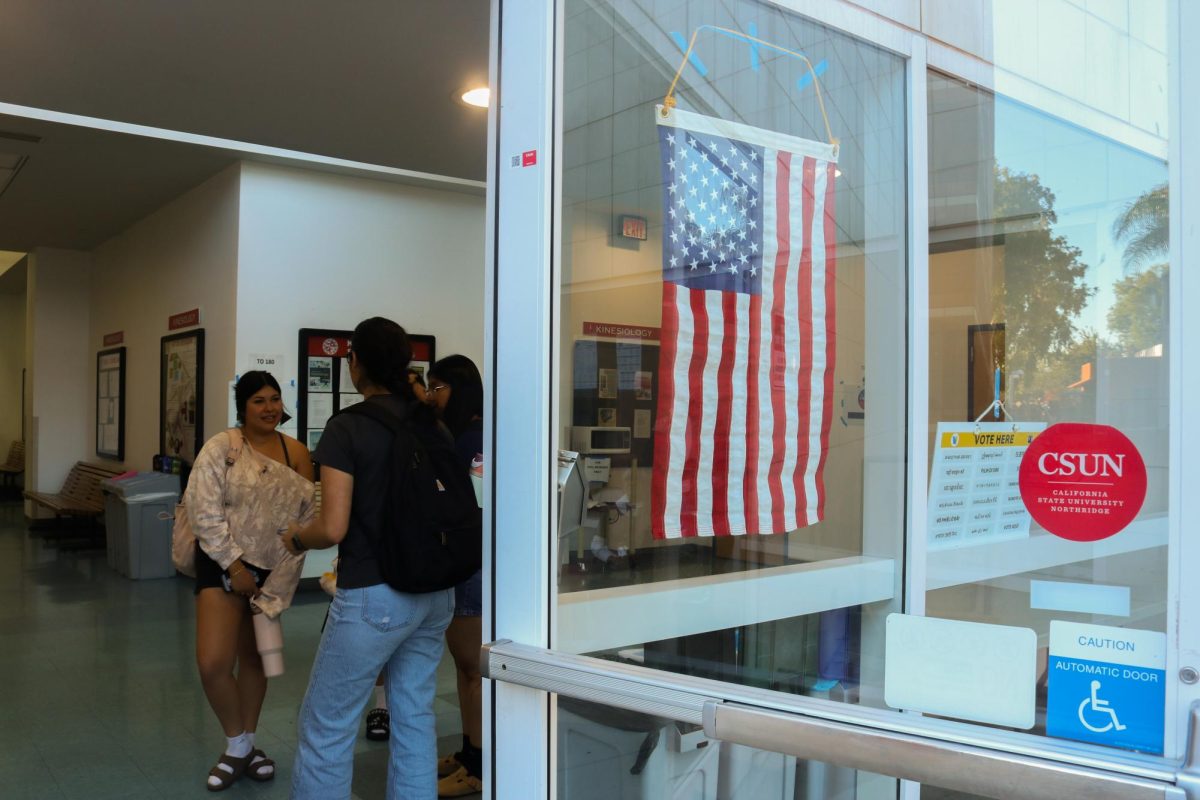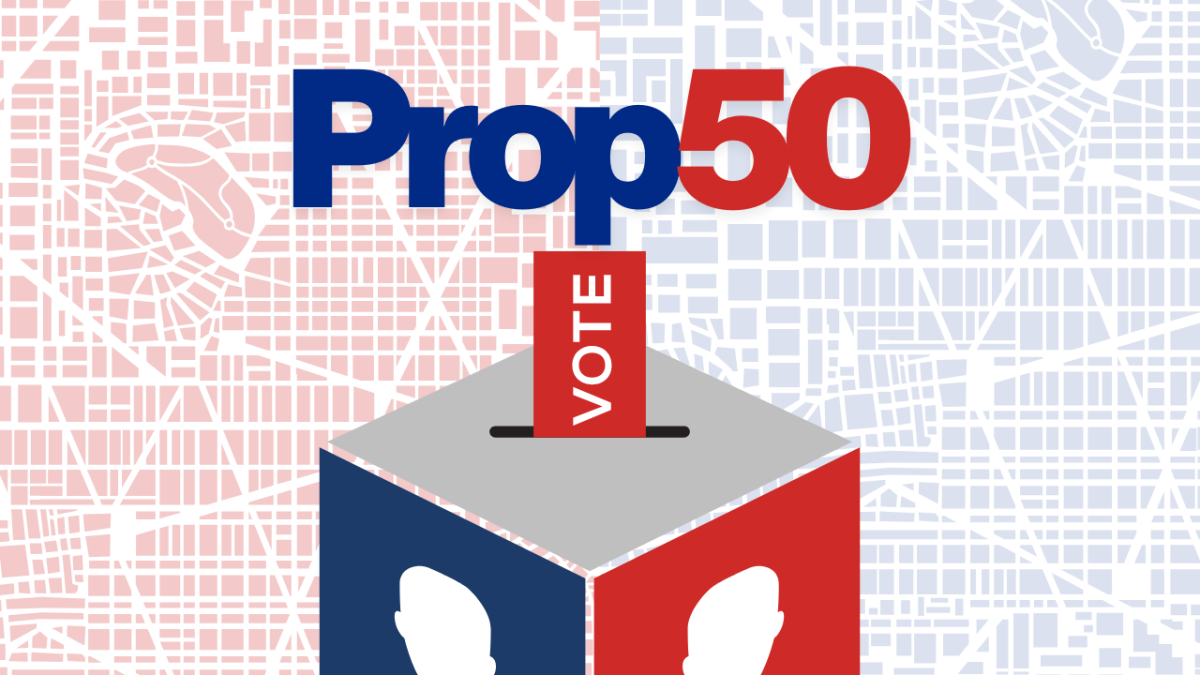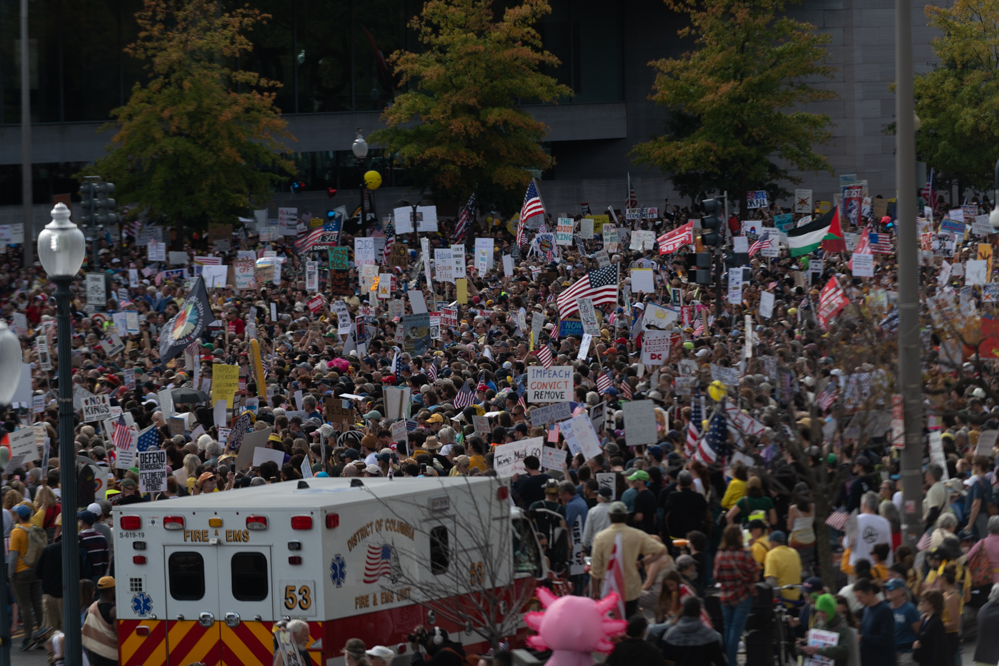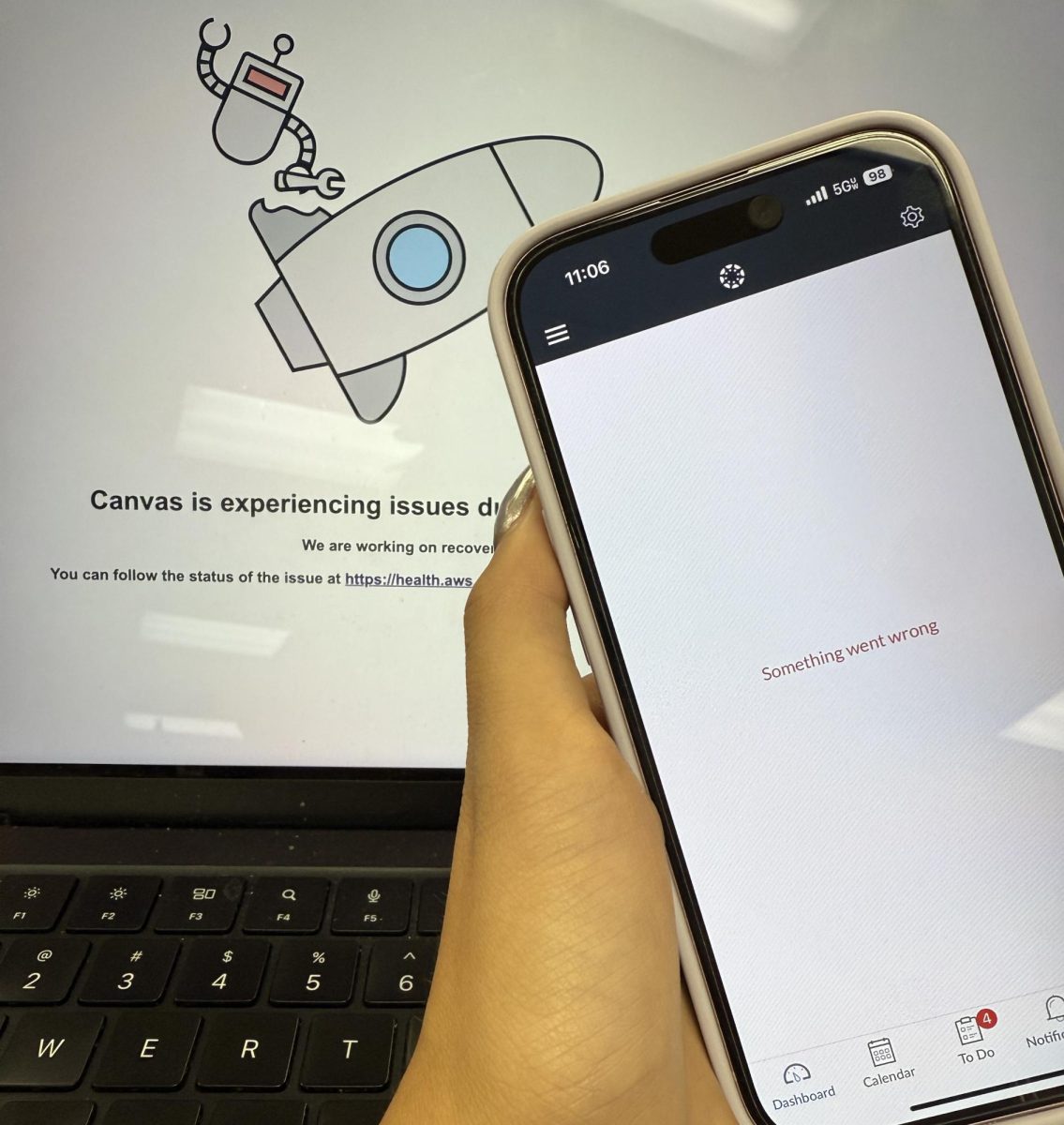For about 100 years, the question of Palestine has remained unresolved and unanswered – characterized by failed diplomacy, violent uprisings and a difference on how Israelis and Palestinians seek to answer this question.
CSUN organizations such as Students for Justice in Palestine and Students Supporting Israel seek to answer this question amidst the Israel-Hamas war.
“You know what happened, you know what they went through, but it’s something that they kind of just try to avoid talking about as much as possible,” CSUN student CL said.
CL’s father is Palestinian, Syrian, and Druze. Their mother is Armenian.
Their father’s Palestinian side is from a predominantly Arab village called Rameh, Israel. CL’s mother’s maternal side are Armenian genocide survivors from Kahramanmarash (known as Marash to Armenians), Turkey who were displaced to Aleppo, Syria. Their mother’s paternal side are from Chaylu, Nagorno Karabakh – also known as Aygestan.
CL’s grandmother was just 15 years old during the Nakba. They said their family was not ethnically cleansed. There have been accounts of Israel’s army occupying the village. A majority of CL’s family is still in Rameh and are Israeli citizens. Their father is the only family member to move to the U.S.
The side of the family that is from Nagorno Karabakh lost their homes twice to Azerbaijan’s attacks. The first time they were displaced was during the first war between Armenia and Azerbaijan in the 1990s. They were displaced to Berdzor, also known as Lachin. After the 2020 Nagorno Karabakh war, their entire family was displaced out of Berdzor and moved to Yerevan, Armenia.
After Azerbaijan’s blockade and attack on Nagorno Karabakh, there are no Armenians left and all government institutions will cease to exist by Jan. 1, 2024.
Much of this allyship between Armenians and Palestinians can be equated to the fact that Israel is one of Azerbaijan’s top suppliers of military aid – amounting to 27 percent of arms imports between 2011-2020.
“I think all liberation movements are deeply intertwined with one another ‘cause none of us are free until all of us are free,” CL said.
What is the Question of Palestine?
Fall of the Ottoman Empire and Rise of the British Mandate
World War I ended in 1918 and the Allied Powers, which included Britain, France, Japan, Russia and the United States (from 1917), saw victory on their horizon over the Central Powers, which included the German, Austro-Hungarian and Ottoman Empires.
The League of Nations was developed after the war as a way to solve territorial disputes and placed leadership of the Allied Powers’ areas where these disputes were occurring. This included the British mandate in Palestine.
This mandate lasted between 1917-1948. Britain showed support for “a Jewish national home” in Palestine since the start of this mandate.
In 1917, Britain’s Foreign Secretary Sir Arthur James Balfour sent a letter to Lionel Walter Rothschild, a Zionist leader in Britain to express the government’s support for the Zionist movement. This became known as the Balfour Declaration.
According to the Rothschild archive, the Balfour Declaration was intentionally vague and Balfour used the term “national home” in an attempt to minimize the goals of Zionists.
However, the document also points out that national and political rights of Arabs were not mentioned in the declaration.
“The Arabs, whose ‘civil and religious’ (not national and political) rights were not to be prejudiced as the declaration put it, were referred to only as ‘existing non-Jewish communities,’” according to the Rothschild archive.
These non-Jewish communities include Arabs, Armenians, Assyrians, Circassians, Druze, and more.
Between 1917 and 1947, Jewish immigration to the British Mandate of Palestine increased. In 1917, the Jewish population comprised less than 10% of the population. By 1947, it was 30%. This immigration was influenced by Zionism, and also the persecution of Jewish people in Europe.
Arab Revolt of 1936-1939
In 1936, Palestinians expressed their dissatisfaction with the British Mandate in the form of a rebellion, according to the Institute for Palestinian Studies.
The revolt began when supporters of the populist Syrian Izzeddin al-Qassam attacked a convoy of trucks between Nablus and Tulkarm of the West Bank – two Jewish drivers were killed. The next day, two Palestinians were killed by the Irgun, a Zionist paramilitary organization.
The deaths sparked outrage and the Arab Higher Committee (AHC) was formed on April 25 to organize and launch a general strike on May 8.
The strike put the Palestinian economy at a standstill. Meanwhile, rebel groups in the countryside were forming to attack British and Zionist targets.
In October 1936, the AHC called off the general strike and appeared before the Peel Commission. In July 1937, the Peel Commission report was published, and it called to partition Palestine into Arab and Jewish states.
The second phase of the revolt took place after this report. Rebels in the countryside sought to dismantle the systems they were currently living in, and they made some progress by establishing institutions such as courts and a postal system.
In the process of this rebellion, many Palestinians were thrown into detention camps, residential homes were destroyed and villages were collectively punished, according to the Institute for Palestinian Studies.
The rebellion ended in the summer of 1939 due to diplomatic and military efforts by the British Mandate, and ultimately called “to permit further expansion of the Jewish National Home by immigration only if the Arabs are prepared to acquiesce in it.”
UN Partition Plan, the Arab-Israeli War and the Nakba: 1947-1949
According to the United Nations, the question of Palestine was first introduced to the General Assembly in 1947 when a resolution sought to partition Palestine into one Arab and one Jewish state. However, Israel declared independence from the British Empire on May 14, 1948, and a war between Israelis, Palestiians and neighboring countries quickly ensued.
After the war, Israel occupied more Palestinian territories than the original partition plan had given to it. The West Bank, East Jerusalem and the Gaza Strip were exceptions. This displaced over 700,000 Palestinians, and is referred to by the Palestinians as the Nakba, or Catastrophe in Arabic.
Original Partition Plan and allocation of territories before the Arab-Israeli war
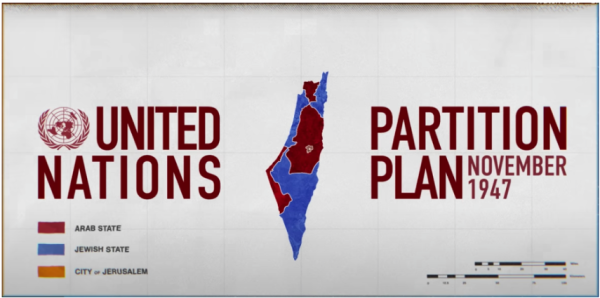
Allocated territories after the Arab-Israeli war

After the Arab-Israeli war, a resolution passed by the UN in 1949 and a Conciliation Commission for Palestine was established. This commission consisted of France, Turkey and the U.S. – which mediated the Arab-Israeli conflict and was ordered by the U.N. “??to facilitate the repatriation, resettlement and economic and social rehabilitation of the refugees and the payment of compensation.”
The next time the question of Palestine was brought forward in the U.N. was in 1974 under resolution 3236 (XXIX). It concluded the following:
“Guided by the purposes and principles of the Charter,
Recalling its relevant resolutions which affirm the right of the Palestinian people to self-determination,
1. Reaffirms the inalienable rights of the Palestinian people in Palestine, including:
The right to self-determination without external interference;
The right to national independence and sovereignty;
2. Reaffirms a/so the inalienable right of the Palestinians to return to their homes and property from which they have been displaced and uprooted, and calls for their return;
3. Emphasizes that full respect for and the realization of these inalienable rights of the Palestinian people are indispensable for the solution of the question of Palestine”
What is self-determination?
According to Cornell University’s Legal Information Institute, self-determination is “the legal right of people to decide their own destiny in the international order.”
It is a core principle of international law and is protected by the U.N. Charter.
According to Article 1 of the Charter, one of the many purposes of the U.N. is “to develop friendly relations among nations based on respect for the principle of equal rights and self-determination of peoples, and to take other appropriate measures to strengthen universal peace.”
In terms of how groups should assume this independence, in 1982 the U.N. reaffirmed “the legitimacy of the struggle of peoples for their independence, territorial integrity, national unity and liberation from colonial domination, apartheid and foreign occupation by all available means, including armed struggle.”
According to a journal article on self-determination published by the Human Rights Quarterly, there are two competing forms of self determination. One “appeals to one’s democratic instincts and sense of fairness, and there is a less benign version which appeals to our nationalistic, isolationist, and exclusionary instincts.”
Zionism is Jewish nationalism which derived from Eastern Europe and was likely a reaction to pogroms and the Holocaust.
CSUN students answer the question of Palestine
“I come from two genocides that have affected my family both through the intergenerational trauma and also just broadly – there are so many family members I will never meet,” CSUN Students for Justice in Palestine President Marjina Haque said.
Haque is Bangladeshi and Armenian, and she believes her background informs her on how she moves in solidarity with Palestine.
The question of Palestine that the U.N. has tried to solve involves debating on a possible two-state or one-state solution – the former being the initial plan in 1947.
Haque explained her stance on the possibility of a two-state solution.
“It’s an insult to the plight of the Palestinian people to look at their conditions under this military occupation and think that a two-state solution meets their demands or needs; people want their homes and land back, and to not have to live with an oppressive occupation breathing down their neck,” Haque said.
According to the National SJP website, “[they] aim to develop a connected, disciplined movement that is equipped with the tools necessary to contribute to the fight for Palestinian liberation.”
Nothing about a two or one-state solution is overtly stated within their purpose, mission and vision statements, according to their website.
CSUN’s Students Supporting Israel President Sharon Shashoua wants both groups to be able to coexist.
“I do believe that all groups of people should have a right to exist as well as a right to self-determination,” Shashoua said. “With this specific issue, I hope to one day see Israel living in peace with its neighbors, and they have strived for this peace since 1948.”

